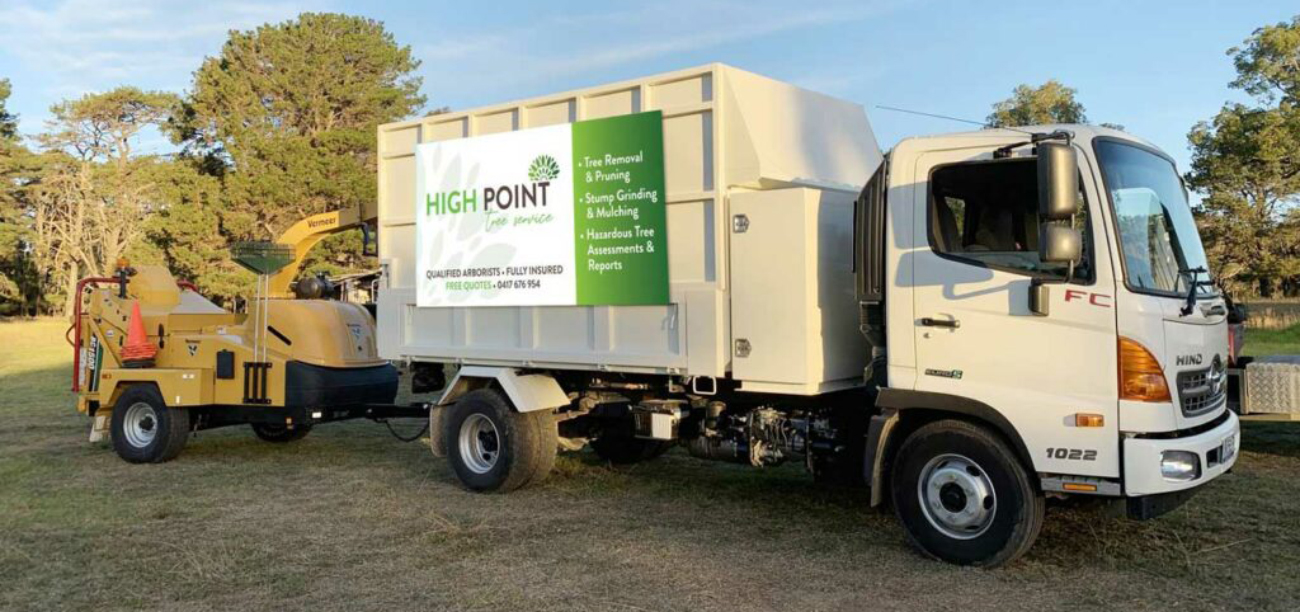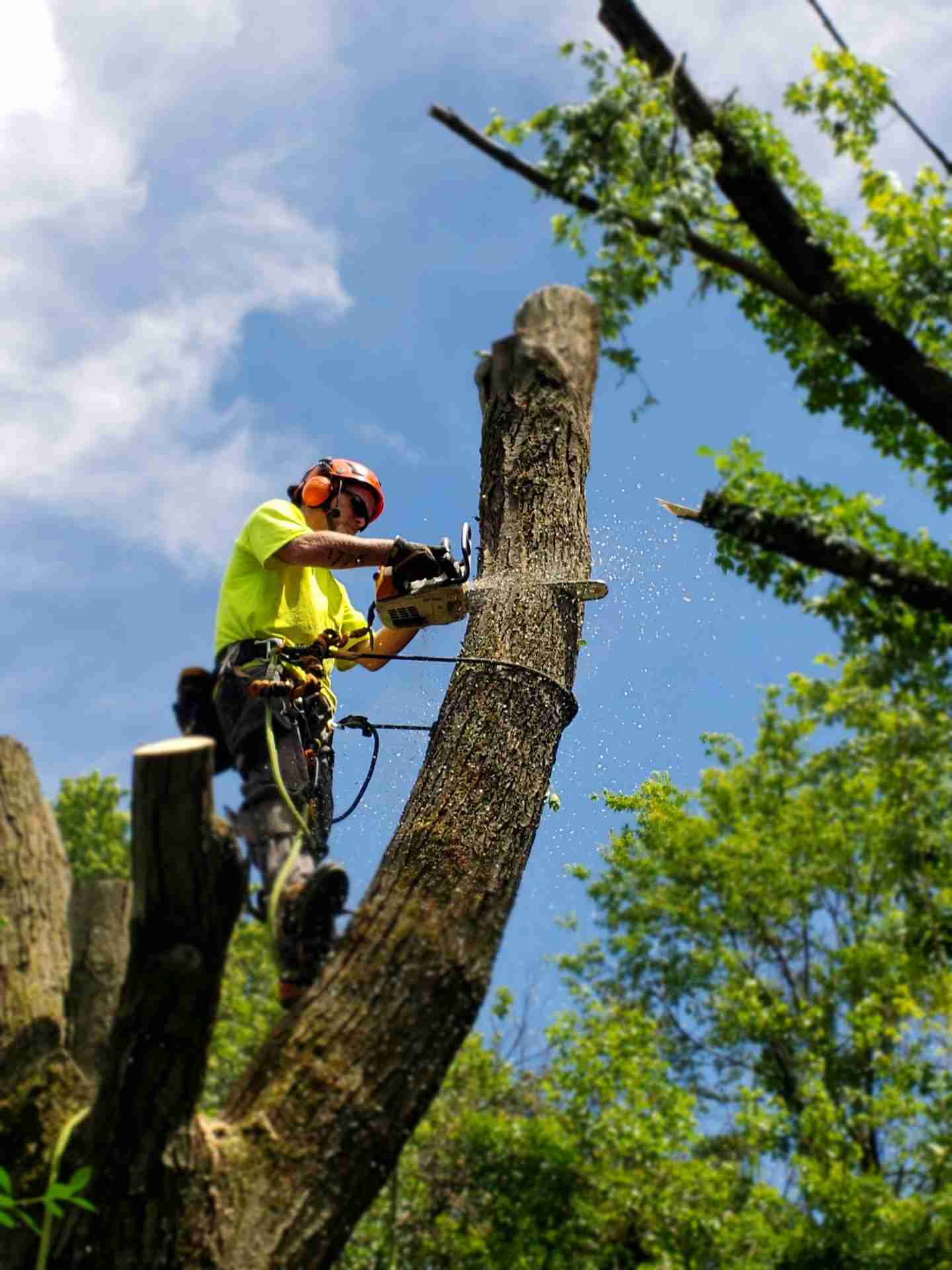All Categories
Featured
The elimination of trees can produce open spaces that are prone to weed invasion. When trees are present, their dense canopies commonly shade the ground, limiting the amount of sunshine that gets to the soil. Nevertheless, after the removal of trees, these open areas receive enhanced sunlight, supplying optimal problems for weed development.

They may recommend the usage of mulch, which acts as a protective obstacle on the dirt surface, protecting against weed seeds from sprouting and suppressing weed development.

The presence of trees promotes an abundant and diverse area of dirt microbes. Tree roots supply a source of raw material, exudates, and nutrients that support the development and task of useful dirt microbes. When trees are eliminated, the lack of their origins can interfere with the fragile balance of the soil's microbial ecosystem.
Which Is The Best Tree Cutting Services Wollongong Service?
This change in pH can impact vitamins and mineral availability, microbial task, and overall soil health and wellness. To deal with the impacts of tree reducing on soil pH, tree removal specialists can supply valuable suggestions. They may suggest soil testing to examine the existing pH degrees and identify the essential modifications. Based upon the results, professionals can suggest pH change methods, such as including lime to increase dirt pH or including elemental sulfur to reduce it.

It refers to the compression of soil particles, resulting in reduced pore area and increased soil thickness. This compaction can negatively impact the dirt's capacity to operate optimally, impacting its water-holding capacity, nutrient accessibility, and origin penetration. Correct strategies used by tree elimination professionals can help minimize compaction and maintain the soil's ability to keep water, and permit ample air movement and mindful devices handling.
Latest Posts
How Do I Find A Wollongong City Council Tree Removal Service?
What Do Tree Loppers Wollongong Services Include?
What Is The Best Wollongong City Council Tree Removal Service?